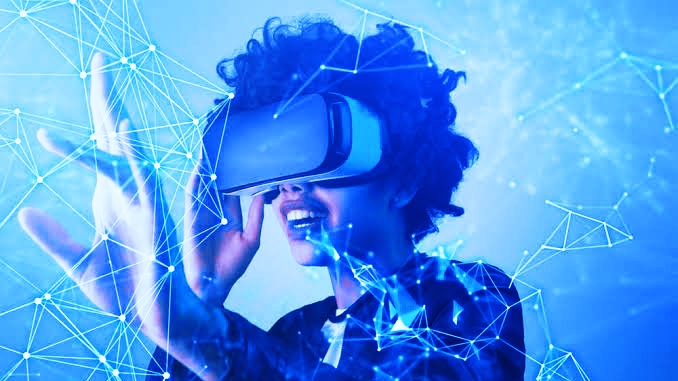
Augmented Reality (AR) has emerged as a transformative technology that blurs the lines between the physical and digital worlds, offering immersive and interactive experiences that enhance our perception of reality. In this article, we delve into the applications and potential of AR technology, exploring its impact across various industries and sectors.
At its core, Augmented Reality overlays digital information, images, or animations onto the real-world environment, typically viewed through a smartphone, tablet, or AR headset. Unlike Virtual Reality (VR), which immerses users in a completely virtual environment, AR enhances the real world by adding digital elements that interact with and augment the user’s surroundings.
One of the most well-known applications of AR is in gaming, with popular examples such as Pokémon GO captivating millions of users worldwide. By combining GPS technology with AR capabilities, Pokémon GO allows players to explore their surroundings and discover virtual creatures overlaid onto the real world, fostering social interaction and exploration in ways previously unimaginable.
Beyond gaming, AR technology is making waves in industries such as retail and e-commerce, where it offers innovative solutions for product visualization and virtual try-on experiences. By allowing customers to visualize products in their own environment before making a purchase, AR enhances the online shopping experience, reduces returns, and increases customer satisfaction.
Similarly, in the field of education, AR technology is revolutionizing the way students learn and interact with educational content. From interactive textbooks and 3D models to immersive historical reenactments and virtual field trips, AR enables educators to create engaging and interactive learning experiences that cater to diverse learning styles and abilities.
Moreover, AR technology holds immense promise in the healthcare sector, where it is being used for medical training, patient education, and surgical planning. Surgeons can use AR to overlay 3D models of patient anatomy onto their field of view during surgery, providing real-time guidance and enhancing precision and accuracy. Additionally, AR applications can help patients better understand their medical conditions and treatment options, improving patient outcomes and adherence to treatment plans.
In the realm of architecture and design, AR technology is transforming the way buildings and spaces are conceptualized, visualized, and presented. Architects and designers can use AR to create immersive 3D models of architectural designs, allowing clients and stakeholders to experience and interact with designs in real-time. This not only enhances the design process but also facilitates better communication and collaboration among project teams.
Furthermore, AR technology is being deployed in industrial settings for maintenance, repair, and training purposes. By overlaying digital instructions and information onto physical equipment and machinery, AR enables technicians to perform complex tasks more efficiently and accurately, reducing downtime and improving productivity.
Despite its transformative potential, AR technology faces challenges, including technological limitations, privacy concerns, and ethical considerations related to the creation and dissemination of AR content. Additionally, the widespread adoption of AR requires the development of user-friendly interfaces, robust infrastructure, and compelling content that drives engagement and adoption.
In conclusion, Augmented Reality represents a paradigm shift in how we interact with and perceive the world around us, offering immersive and interactive experiences that enhance our daily lives. From gaming and retail to education, healthcare, and beyond, AR technology is revolutionizing industries and unlocking new opportunities for innovation and creativity. As AR continues to evolve and mature, its impact on society and the economy will only continue to grow, shaping the way we live, work, and play in the digital age.